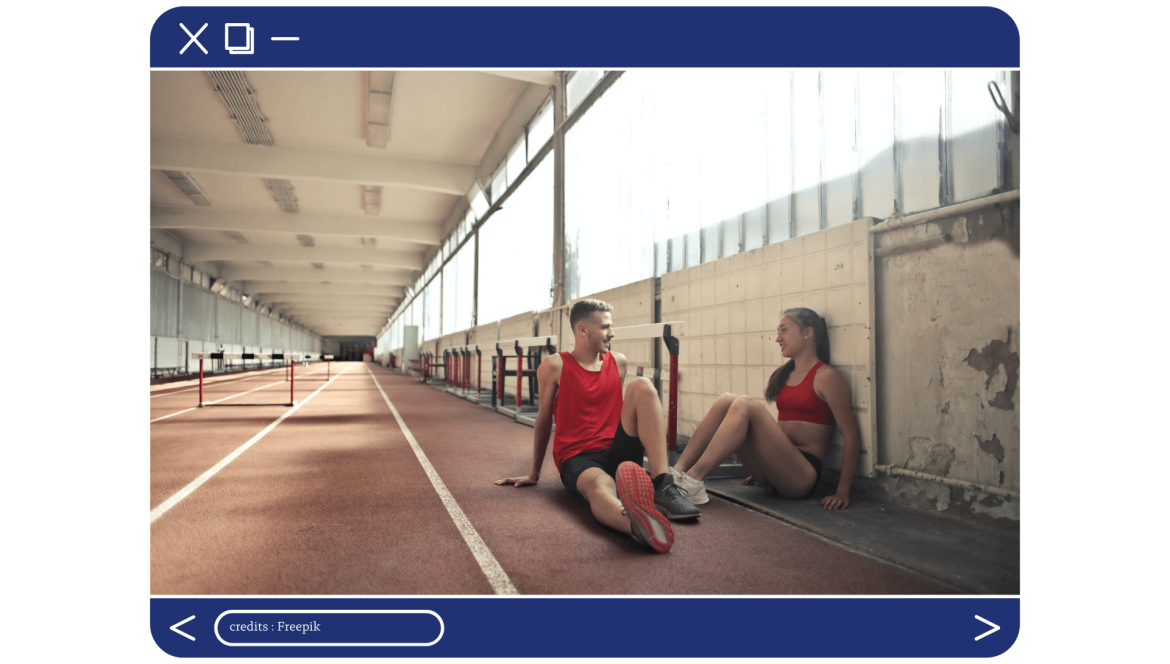Which sports are bad for the perineum?

Discover the unknown impacts of sports activities on your perineum.
Explore the risks associated with these 4 sports and learn how to practice them safely.
Sports harmful to the perineum: understanding the risks and preventing the problems
The perineum, a region of the body that includes a set of muscles and tissues between the pubis and coccyx, has a key role to play in maintaining the pelvic organs and controlling urinary and sexual functions.
However, some sports can put excessive pressure on this area, jeopardizing the health and well-being of both women and men.
In this article, we'll explore in detail which sports can be particularly harmful to the perineum and why they are at risk.
Weightlifting and powerlifting are highly intensive physical activities involving the lifting of heavy weights.
These exercises involve intensive use of the perineal muscles, which can lead to excessive pressure on these tissues.
Pelvic floor muscles can be put under significant pressure when heavy weights are lifted, increasing the risk of prolapse and other perineal problems.
Cycling, despite its benefits for cardiovascular health, can be harmful to the perineum, particularly among men.
Extended sitting on a tight saddle can apply pressure to the perineum, compressing the prudendal nerve.
This repeated pressure can lead to numbness, pain and erectile dysfunction.
Horseriding, especially jumping or intensive equitation, demands a lot from the perineal muscles.
The repetitive movements and bouncing experienced during climbing or jumping can put excessive pressure on the pelvic floor, which can contribute to problems such as prolapse and perineal pain.
Fighting sports, such as judo, taekwondo or boxing, involve rapid movements, jumps and sudden falls.
These actions can put considerable pressure on the perineum, particularly when there are direct impacts on a pelvic region.
Repeated hits can weaken pelvic floor muscles and lead to long-term problems.
Why are these sports problematic for the perineum?
These sports place intense pressure on the perineum, constantly straining its muscles and tissues.
The repetition of these movements can weaken the pelvic floor, leading to problems such as organ prolapse, urinary incontinence and other pelvic dysfunctions.
It's important to understand that these sports shouldn't be avoided entirely, but rather practiced responsibly.
Proper training, correct technique and pelvic floor strengthening exercises can help minimize risks.
It is always recommended to consult a health professional before engaging in these sports, to receive advice on the precautions to be taken to protect perineal health.
By being aware of the risks and adopting safe practices, it is possible to continue practising these sports while preserving the health of this vital area of the body.
